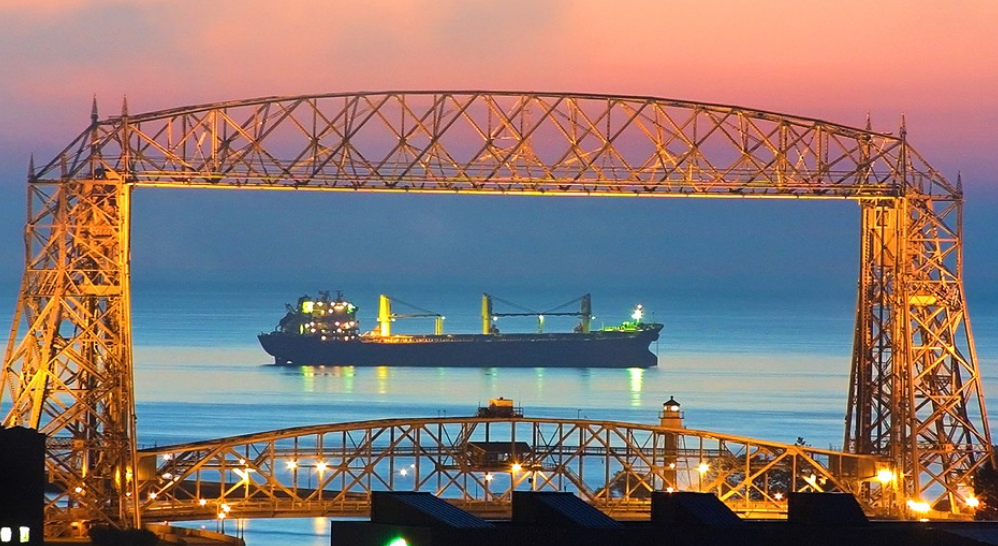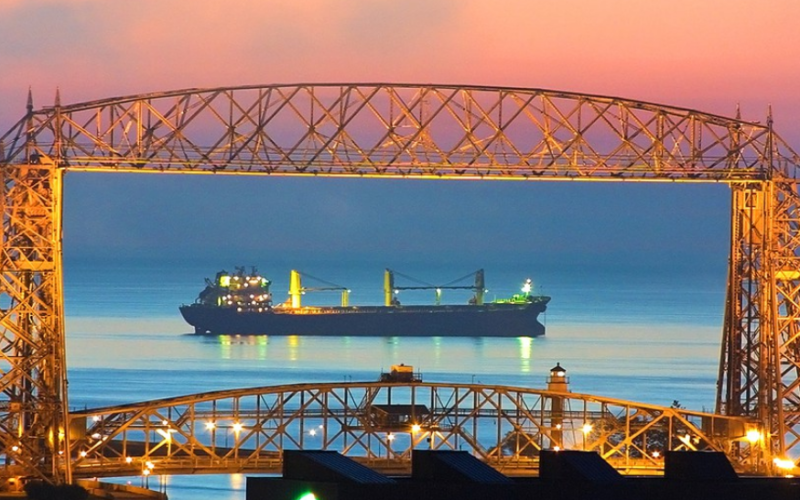(WASHINGTON) — Late Friday, just before midnight, the House of Representatives approved the $1.2 trillion Infrastructure Investment and Jobs Act (IIJA). The House effectively passed the same bill approved by the U.S. Senate on Aug. 10 unamended.
Key to the bill’s passage was the “de-linking” of the IIJA from a separate, $1.9 trillion social spending bill. Moderates prevailed as House Speaker Nancy Pelosi rounded up enough votes to allow the IIJA to move forward alone – leaving the fate of the social spending measure uncertain.

The IIJA provides an historic infusion of federal funds for transportation infrastructure including highways, bridges, seaports, waterways, transit systems, airports, passenger rail and freight rail. Beyond transportation infrastructure, the bill also invests in drinking and wastewater, broadband and energy infrastructure.
While some funds are provided over an eight-year period, most transportation funds are provided over the next five years (FY 2022-26). Depending on the program, the legislation either provides or assumes that future Congresses will provide a base layer of funding at current levels (FY 2021). Above and beyond the base layer, the bill then adds a layer of additional funds for each year.
The legislation also creates and funds number of new transportation programs that have never been funded in the past and thus, have no baseline.
What’s in it for ports?
The legislation’s sponsors claim that the bill includes $16.6 billion for ports and waterways; however, that may not ultimately be accurate. Why? Because large sums are provided to the U.S. Army Corps of Engineers for civil works construction and maintenance projects. These projects could be related to navigation, or they may be related to water supply or environmental restoration.
For example, the legislation provides the Corps of Engineers with an additional $4 billion over the next three years for operation and maintenance activities across the agency’s Civil Works program. It’s difficult to determine how much of this total will find its way to coastal navigation operations and maintenance (which is where Great Lakes ports and navigation projects funded).
The American Association of Port Authorities (AAPA) has estimated that based on past funding percentages, coastal navigation could receive approximately $1.2 billion of the $4 billion total. Current spending on Corps coastal navigation O&M is $2.05 billion. Thus, assuming Congress maintains at least baseline funding, the new annual spending level on coastal navigation O&M could be $2.4 billion.
Under the legislation, the Port Infrastructure Development Program (PIDP) under the Maritime Administration (MarAd) almost triples in size, receiving an additional $450 million per year over current funding levels for the next five years. Current funding is $230 million. Thus, assuming that Congress maintains the baseline spending, the new annual funding level will be at least $680 million.
MarAd’s Marine Highway program receives an additional $5 million per year over current levels. Last year, the program was funded at $10.8 million. Thus, the new funding level could be almost $16 million per year.
Other items of interest include more than $900 million over five years for ferries and ferry terminals; and $400 million over five years to reduce truck emissions at ports.
The legislation includes an additional $1 billion for the Great Lakes Restoration Initiative.
Still focused on icebreaker
While the vote is cause for a victory lap for transportation stakeholders, Great Lakes ports, carriers and maritime stakeholders are still focused on the fate of the so-called “Build Back Better” social spending bill. The most recent version of the legislation includes $350 million for construction of a new heavy Great Lakes icebreaker.
– American Great Lakes Ports Association

